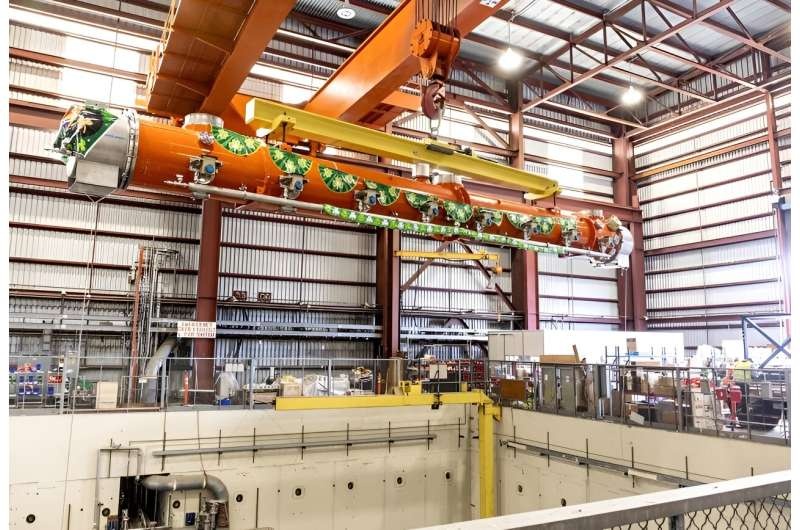The Department of Energy has greenlit a major upgrade to the Linac Coherent Light Source (LCLS), the world’s most powerful X-ray free-electron laser. This transformative project, called LCLS-II-HE, will double the energy of the electron beam and deliver a stunning 3,000-fold increase in the average X-ray brightness, enabling unprecedented insights into the atomic-scale processes that shape our world.

Unlocking the secrets of the universe at an atomic scale
The LCLS-II-HE upgrade will significantly enhance all these capabilities, transforming the scientific exploration of condensed matter and biology. Now, scientists can take atomic-scale images of things such as materials, chemical systems, and even biological complexes with increased energy and brightness.
Scientists will draw on this level of detail to solve the most pressing problems confronting society — from advancing clean energy technologies and sustainable manufacturing to developing more efficient pharmaceuticals and designing quantum computing. The enhancements will unlock new opportunities for exploration and investigation in all sorts of fields, encouraging leading scientists to join the SKA and enabling cutting-edge discoveries.
Innovation: Built by Community
The triumph of the LCLS-II-HE project is a great example of what can be achieved with brilliant teamwork. A crew of hundreds of scientists, engineers, and technicians from around the national lab system and beyond are in the process of bringing this ambitious upgrade to life.
Development and testing of the new cryomodules is being led by Fermilab (left) and Jefferson Lab, while Lawrence Berkeley National Laboratory and Argonne National Laboratory are designing the crucial undulators. SLAC and LCLS, which will serve as the host laboratory for the project, have teamed up with these top institutions to accomplish this groundbreaking work.
It was collaborative work with staff members and researchers across the globe leveraging their expertise to optimize supercomputing workflows, which is a model for how the DOE brings its largest projects to completion. The LCLS-II-HE upgrade is the newest testament to this model, and it will provide groundbreaking new advances in X-ray science and technology.
Conclusion
The LCLS-II Upgrade to High Energy (LCLS-II-HE) is nearly an order of magnitude increase in capability and flexibility for X-ray science, one which will enable us to provide ground-breaking observations of atomic-scale dynamics that form the core basis of the world we live in. This upgrade will enable new science from clean energy and sustainable manufacturing to advanced materials, human health, and much more. SLAC, a multi-program laboratory exploring frontier questions in photon science, astrophysics, particle physics, and accelerator research, is operated by Stanford University for the U.S. Department of Energy’s Office of Science using an interagency agreement through which R&D funding was secured to support this project that also leverages SLAC’s strengths as a multiprogram national laboratory; LCLS-II-HE is a collaboration with DOE Lawrence Berkeley National Laboratory.
